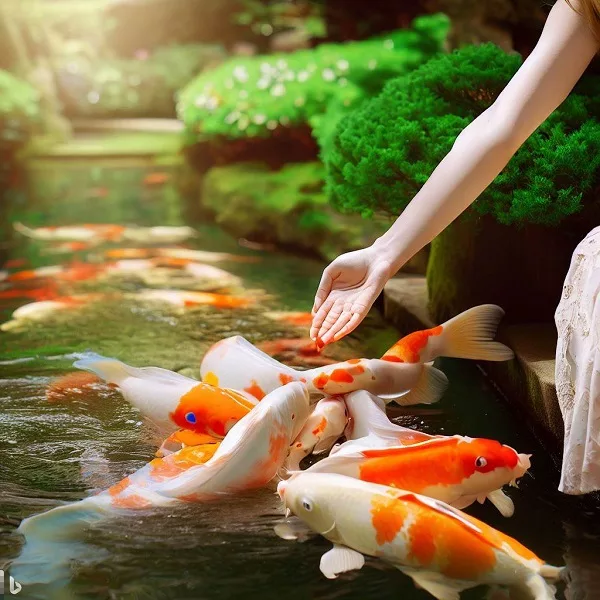



If you are a proud owner of a koi pond, you know how important it is to keep your pond filter running smoothly. A healthy pond filter ensures that your koi fish and other aquatic creatures thrive in a clean and safe environment. Without proper maintenance, your pond filter may not function efficiently, leading to poor water quality, harmful algae growth, and even death of your fish. In this article, we will discuss ten expert maintenance tips to keep your koi pond filter running smoothly, ensuring a healthier pond.
- Clean the Filter Regularly The first and foremost tip to keep your koi pond filter running smoothly is to clean it regularly. Debris, dirt, and algae buildup in the filter can reduce its effectiveness and damage the equipment. Depending on the size of your pond, you may need to clean your filter weekly or bi-weekly.
- Check and Replace Filter Media Filter media, such as foam pads, filter mats, and bio-balls, can become clogged over time, reducing the filter’s efficiency. It is essential to check the filter media regularly and replace it when necessary. Replace your filter media every six months to maintain optimal filter performance.
- Monitor Water Levels A koi pond requires a specific water level to operate efficiently. If the water level is too low, the filter may not work correctly, leading to poor water quality. Conversely, if the water level is too high, it can overflow the pond, causing damage to the equipment. Monitor the water level regularly and adjust it as necessary.
- Keep Debris Away Debris, such as leaves, twigs, and grass, can accumulate in your pond and clog your filter. It is crucial to keep debris away from your pond, especially during the fall season when leaves tend to fall. Use a net to remove debris from your pond regularly.
- Use Beneficial Bacteria Beneficial bacteria are essential for maintaining a healthy pond environment. These bacteria break down organic waste and prevent harmful ammonia and nitrite levels from building up in your pond. Add beneficial bacteria to your pond regularly to ensure optimal filter performance.
- Inspect Equipment Regularly Inspect your filter equipment, such as pumps, hoses, and valves, regularly to ensure they are in good working condition. Check for leaks, cracks, and other damages that may affect the filter’s performance. Repair or replace damaged equipment immediately.
- Install a UV Sterilizer A UV sterilizer can help eliminate harmful bacteria and parasites from your pond. This device uses ultraviolet light to kill microorganisms that can harm your fish and other aquatic creatures. Install a UV sterilizer in your pond filter to maintain optimal water quality.
- Monitor pH Levels The pH level of your pond water can affect the health of your koi fish and other aquatic creatures. Too high or too low pH levels can stress your fish and make them susceptible to diseases. Monitor the pH level of your pond water regularly and adjust it as necessary.
- Use a Timer Using a timer can help you regulate your pond filter’s operation time. Depending on your filter type and pond size, you may need to run your filter for several hours a day. Use a timer to ensure your filter runs efficiently and saves energy.
- Hire a Professional If you are unsure about how to maintain your koi pond filter, consider hiring a professional. A professional can inspect and maintain your pond filter regularly, ensuring optimal performance and a healthier pond.
In conclusion, maintaining a koi pond filter requires regular upkeep to ensure optimal performance and a healthier pond. By following these ten expert maintenance tips, you can keep your pond filter running smoothly and create a safe and enjoyable environment for your koi fish and other aquatic creatures. Remember, a healthy pond is a happy pond!